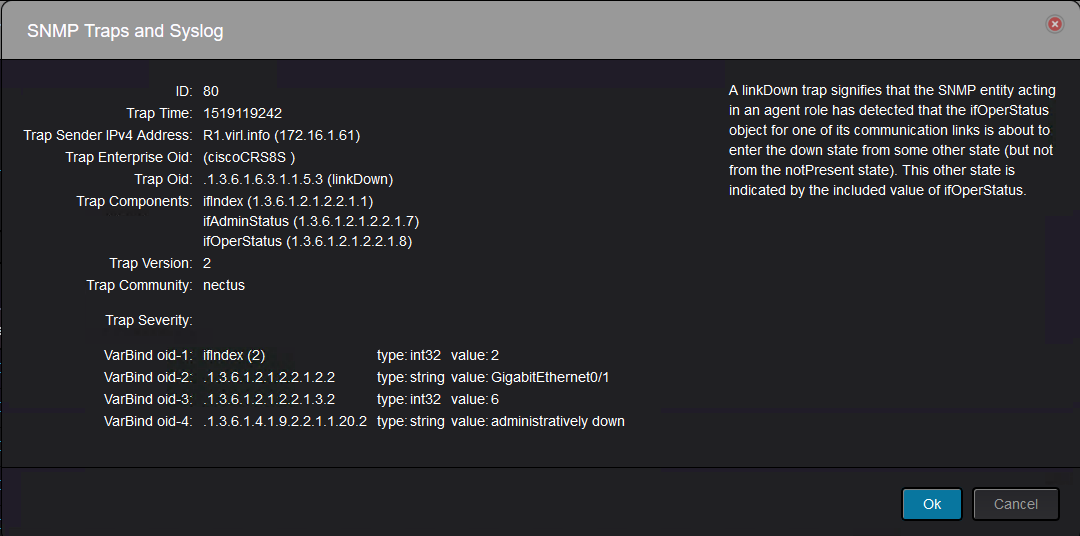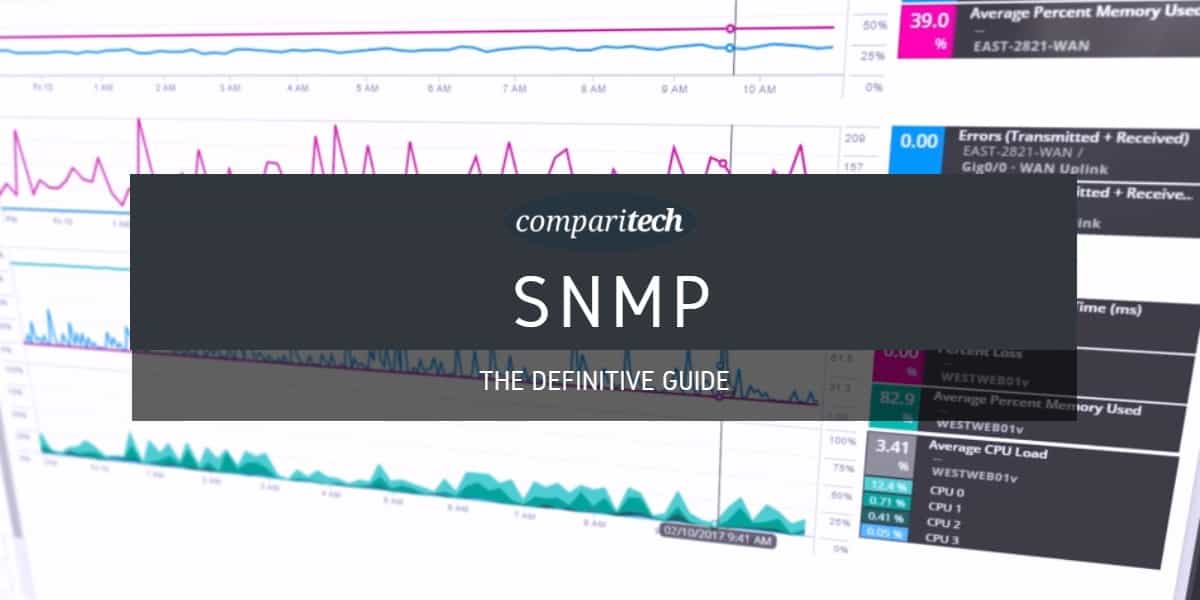

If you specify this field, the parser will only be applied if the trap enterprise field starts with the enterprise field you specify. The enterprise field is the SNMP enterprise identifier in the trap, which is used to uniquely identify traps for a particular application. All fields must match for the trap parser to be applied to a trap. The match criteria determines whether the trap will be parsed by the given trap parser. Once a matching trap parser is found, an event is generated and no other trap parsers will be used on that trap. The search for matching trap parsers is done from the trap parsers list starting at the top. The match criteria in a parser determines whether a specific trap matches a trap parser. Only one trap parser file can be applied to a given trap. Parsing traps is achieved by configuring a list of trap parser files. Since Traps typically contain cryptic information not easily understandable to the users, trap parsers are required to translate or parse traps into understandable information. The trap parser is used to configure and parse the trap events. If the MIB file loaded in the MibBrowser has traps specified in it, then the traps are loaded automatically in the trap list.The new trap to be added should not be in the same name of traps already existing in the trap list.

Load the file in the trap parser by clicking the browse button in the "Load Traps From file" field.Create a empty file by the name trap.parser in the MibBrowser directory.The configuration of the Trap Parsers can be done by the below steps: Clicking on the ParserEditor opens up a TrapParser which is used to parse the trap events. Right-clicking on the any of the column headings pops up a menu "Delete the selected Rows", which can be used to delete any of the selected rows. Clicking on any of the column headings pops up a dialog box which contains more additional information on the received trap. Date - the time stamp of the received trap (date and time)Īll the received traps are displayed in rows.Source - source from which the trap originated.Class - displays the severity information of the received traps (eg - Info, critical, warning etc).The trap browser has the following four columns: The Trap Browser displays the trap information in a table format. The trap originator should send the trap to the port no specified in the Trap Browser. The port number and the community name has to be set in the Trap Browser.

Using this you can view the incoming traps to the specified port. Trap Browser is used for receiving the traps.


 0 kommentar(er)
0 kommentar(er)
